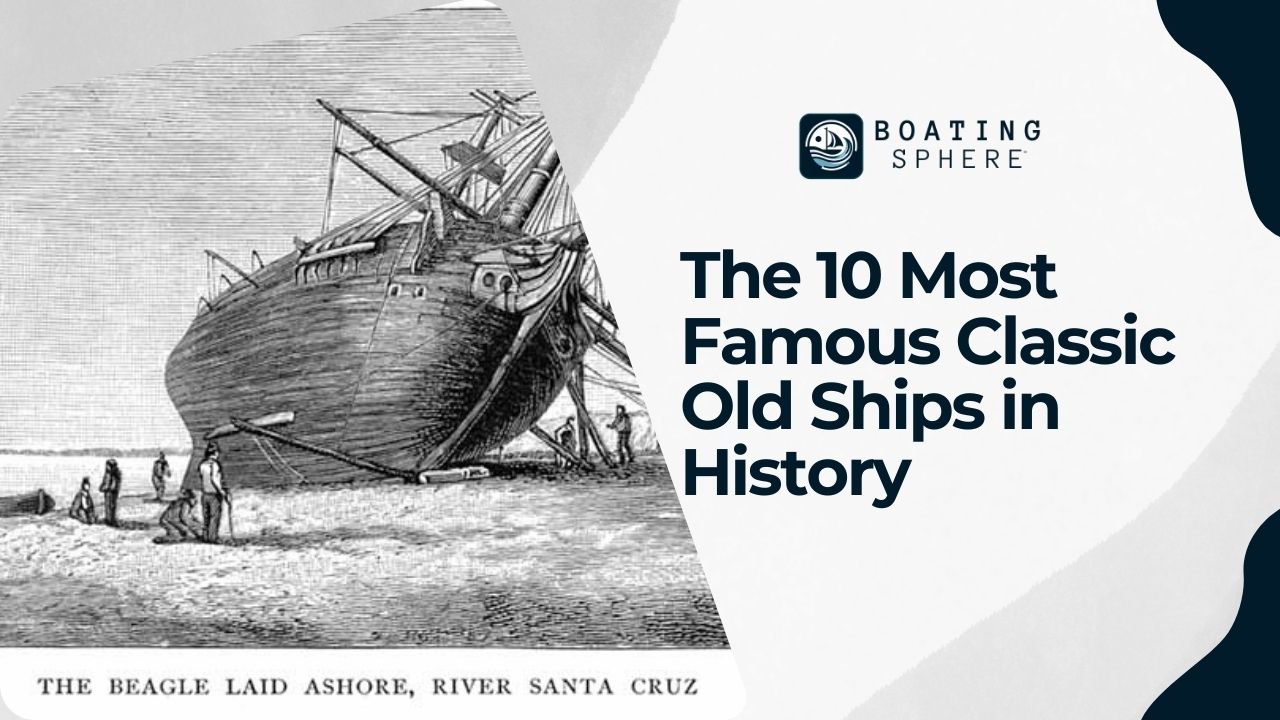Each vessel that has graced the oceans has its saga. The more souls it carried, the richer the tapestry of tales and teachings we garner from them. History serves as a beacon, illuminating the triumphs and tribulations of yore and guiding us toward a more enlightened existence.
The most exquisite sea-faring creations, spanning centuries, are not just historical; they are a source of joy, inquiry, and scholarly pursuits. Every mishap paved the way for future maritime marvels, each ship a unique masterpiece in its own right. If classic automobiles captivate, historic ships are a marvel to behold, igniting indescribable passion, their images forever in our minds. These vessels, timeless in their allure, are aesthetically pleasing and functional, safeguarding the mysteries and craftsmanship of bygone eras.
This article highlights the top ten famous ships, each distinct in their legacy.
🎉 New releases: The Best Classic Wooden Boats
The 10 Most Famous Classic Ships in History
Santa Maria
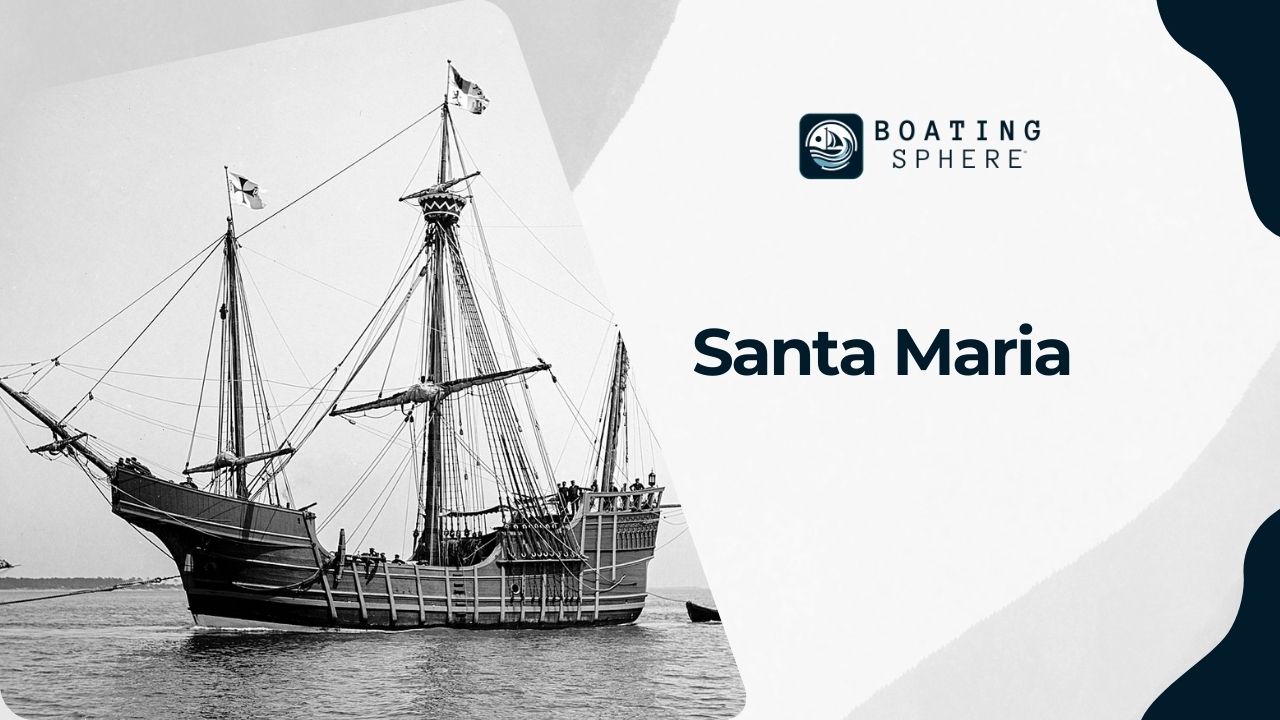
- Launch year: 1460
- Builder: Juan de la Cosa
- Length: 24 meters
In 1492, the audacious Italian explorer Christopher Columbus embarked on a historic voyage aboard the modest yet significant Santa Maria. Departing from Spain, this vessel was pivotal in bridging the Old World with the New World. Though ending abruptly when it ran aground on Christmas Day, its journey marked a notable chapter in the history of famous classic ships. The aftermath of its grounding led to the birth of another extraordinary ship, La Navidad, crafted from the salvaged wood of Santa Maria, further cementing its legacy in maritime lore.
Mayflower

- Launch year: 1607
- Builder: Christopher Jones
- Length: 33 meters
The Mayflower’s voyage in 1620 symbolizes the daring pursuit of new beginnings. Carrying English Separatists and Puritans, this vessel transformed from a mere mode of transport to a cultural icon, embodying the spirit of hope and freedom. The perilous journey from Plymouth, England, to Massachusetts, USA, inscribed the Mayflower in the annals of historical ships, serving as a beacon of European colonization. The ship’s role didn’t conclude with its arrival in the New World; it provided shelter for the Pilgrims through their first daunting winter before its return to England, leaving behind a legacy of resilience and new beginnings.
HMS Victory
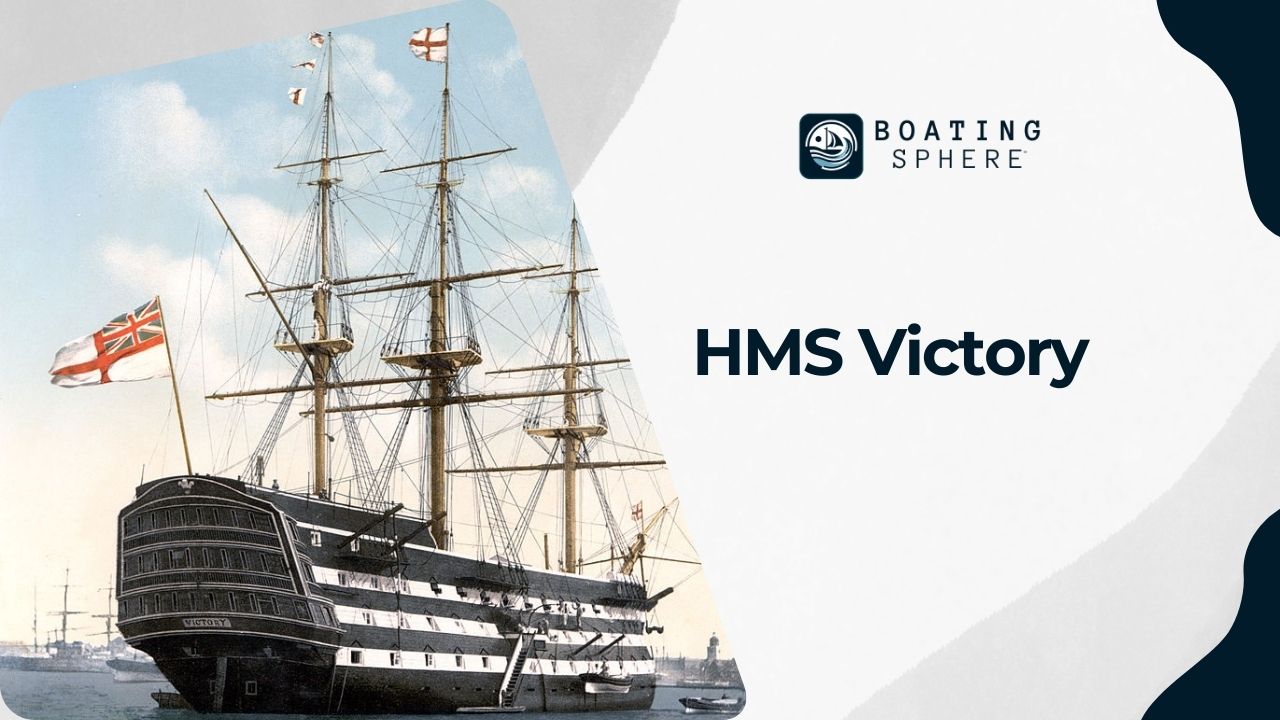
- Launch year: 1765
- Builder: Chatham Dockyard
- Length: 57 meters
As one of the most formidable wooden warships, HMS Victory is a marvel of naval engineering. Its most glorified moment came as Lord Nelson’s flagship at the Battle of Trafalgar in 1805, a pivotal event in maritime warfare. The ship’s role transcended beyond combat; post the Napoleonic Wars, it was meticulously restored and transformed into a museum ship in Portsmouth. Today, HMS Victory stands as a living museum, a testament to the indomitable spirit of maritime exploration and warfare, making it one of the most famous ships in history.
USS Constitution
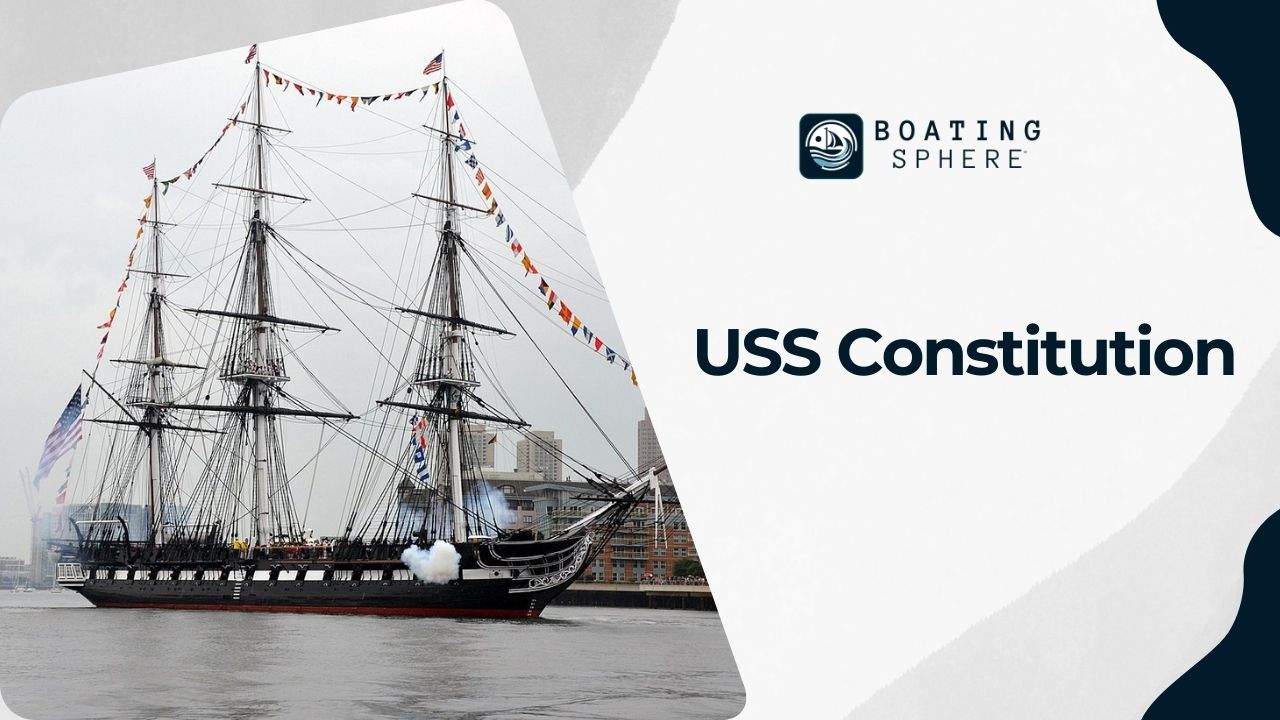
- Launch year: 1797
- Builder: Edmund Hartt’s shipyard, Boston
- Length: 93 meters
The USS Constitution embodies American naval might and has an illustrious career marked by valiant battles and significant victories. Named by President George Washington, this ship was crucial in protecting American interests on the high seas, battling French fleets and Barbary pirates. Its most notable triumph came during the War of 1812, where its resilience earned it the nickname ‘Old Ironsides.’ Today, as a floating museum in Boston, the USS Constitution continues to inspire and educate, solidifying its position in the roster of famous ships that sank adversaries but never itself.
HMS Beagle
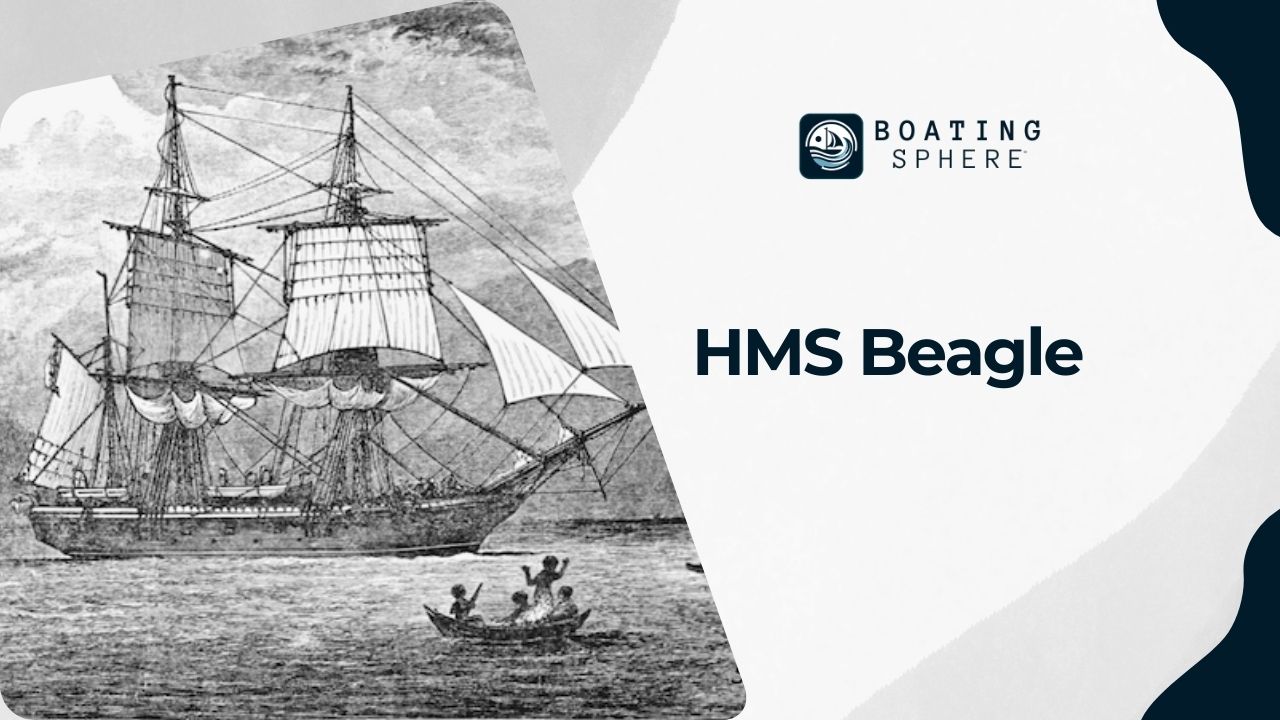
- Launch year: 1820
- Builder: Woolwich Naval Dockyard
- Length: 28 meters
The HMS Beagle’s claim to fame is linked to Charles Darwin‘s revolutionary scientific expedition. This voyage was instrumental in shaping the foundations of evolutionary biology. Darwin’s observations and subsequent publications, particularly ‘The Voyage of the Beagle,’ have immortalized this ship in scientific and maritime history. The HMS Beagle, thus, is not just a vessel; it’s a symbol of intellectual curiosity and scientific breakthrough, making it one of the most iconic historical ships.
Flying Cloud
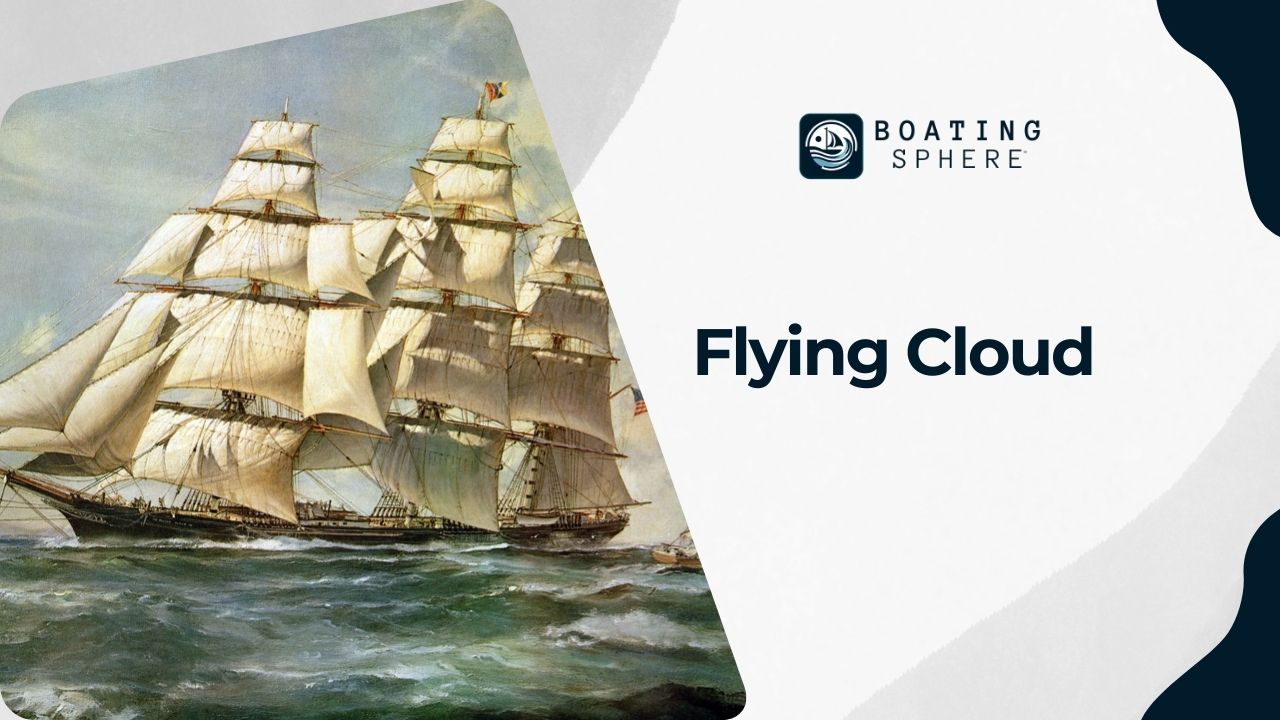
- Launch year: 1851
- Builder: Donald McKay, East Boston, Massachusetts
- Length: 69 meters
The Flying Cloud redefined maritime records with its unprecedented speed, thanks to the exceptional skills of its navigator, Eleanor Creesy. Under her guidance, this clipper ship made the fastest passage from New York to San Francisco, a record unbroken for over a century. The Flying Cloud’s story is not just one of speed but also of breaking gender barriers in the maritime world, securing its place among the most remarkable old ships.
These enriched descriptions aim to bring to life the stories of these majestic vessels, highlighting their historical significance and the remarkable narratives they carry. Each ship, from the Santa Maria to the Flying Cloud, sailed across oceans and through time, leaving an indelible mark on our world’s history.
RMS Lusitania
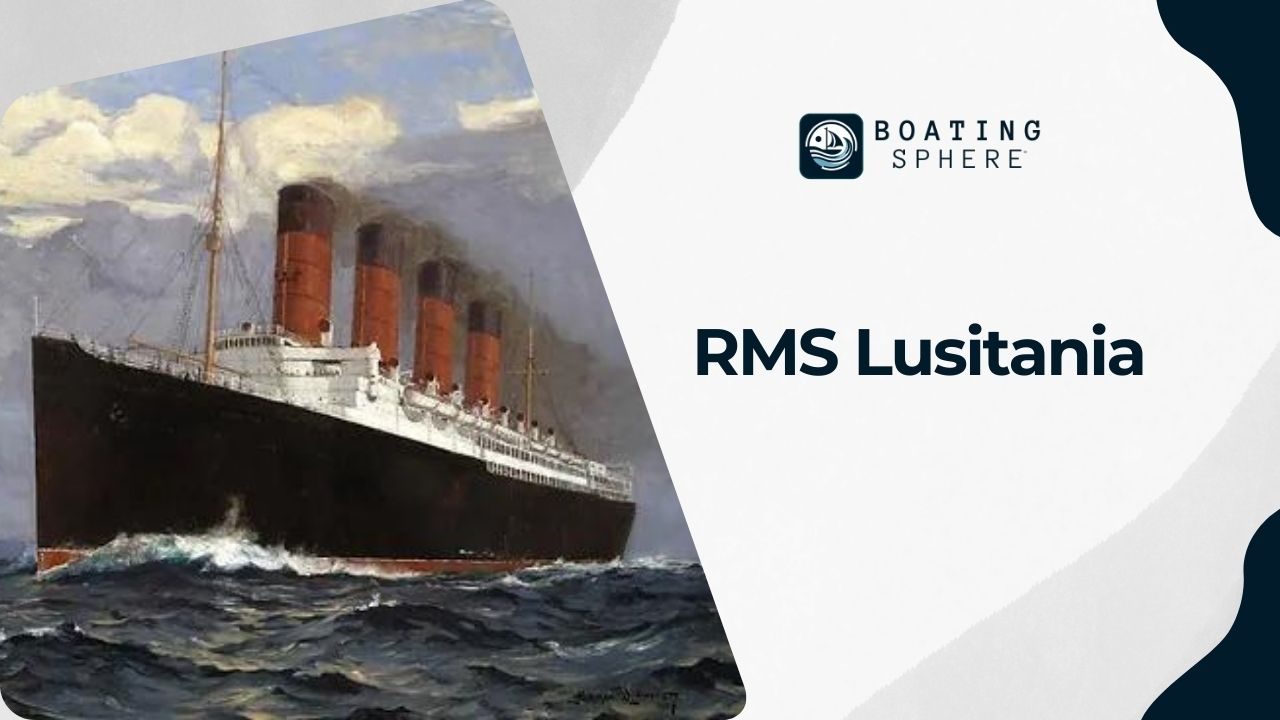
- Launch year: 1906
- Builder: John Brown & Co, Clydebank, Scotland
- Length: 240 meters
The RMS Lusitania, a marvel of the Cunard Line, was more than a luxurious transatlantic passenger liner; it symbolized human ingenuity and ambition. Renowned for its exceptional speed, the Lusitania clinched the prestigious Blue Riband for the fastest Atlantic crossing. However, its fate took a tragic turn during World War I, catalyzing the United States’ involvement. Its sinking remains one of the most poignant incidents in maritime history, embedding the Lusitania deeply into the narrative of famous ships that sank, altering the course of world events.
RMS Titanic
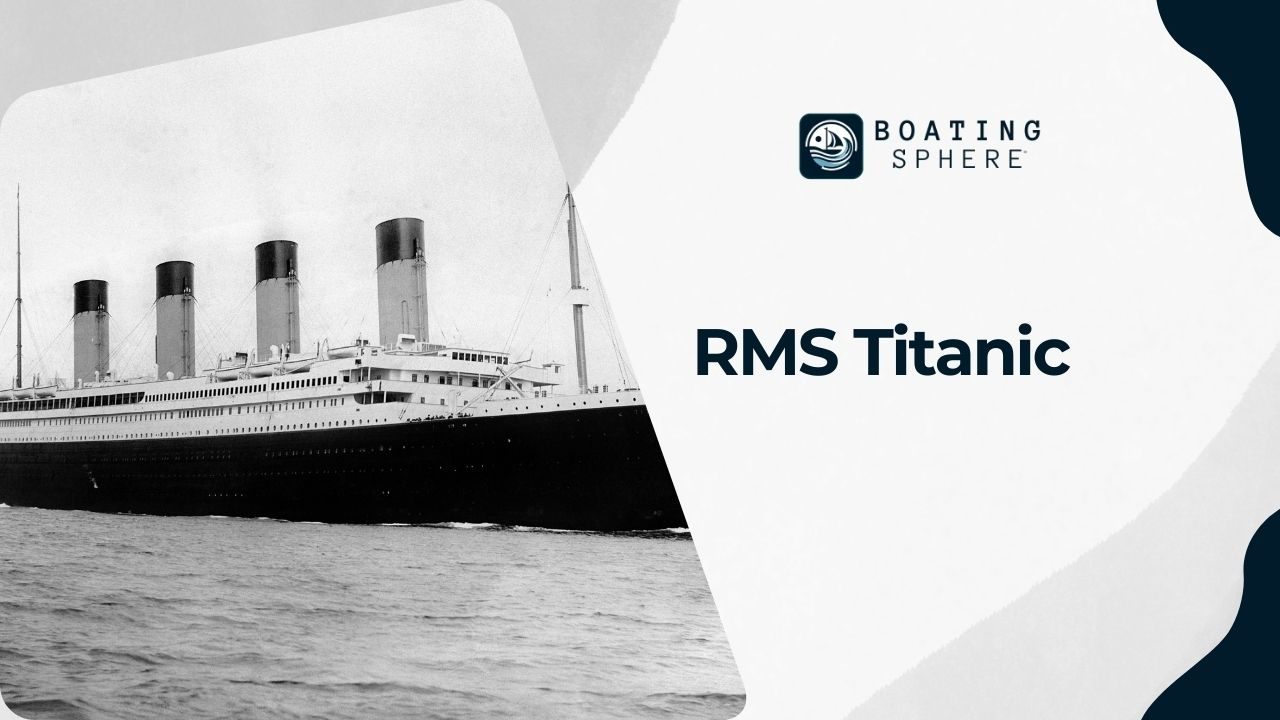
- Launch year: 1911
- Builder: Harland and Wolff, for the White Star Line
- Length: 269 meters
The RMS Titanic’s story is etched into the collective consciousness as a tale of human ambition, tragedy, and the power of nature. Hailed as unsinkable, its maiden voyage ended in catastrophe, striking an iceberg in the frigid waters of the North Atlantic. This monumental disaster, resulting in the loss of over 1,500 lives, led to profound changes in maritime safety regulations. The Titanic, with its blend of luxury and tragedy, remains one of the most famous classic ships in history, a poignant reminder of both human achievement and vulnerability.
USS Arizona
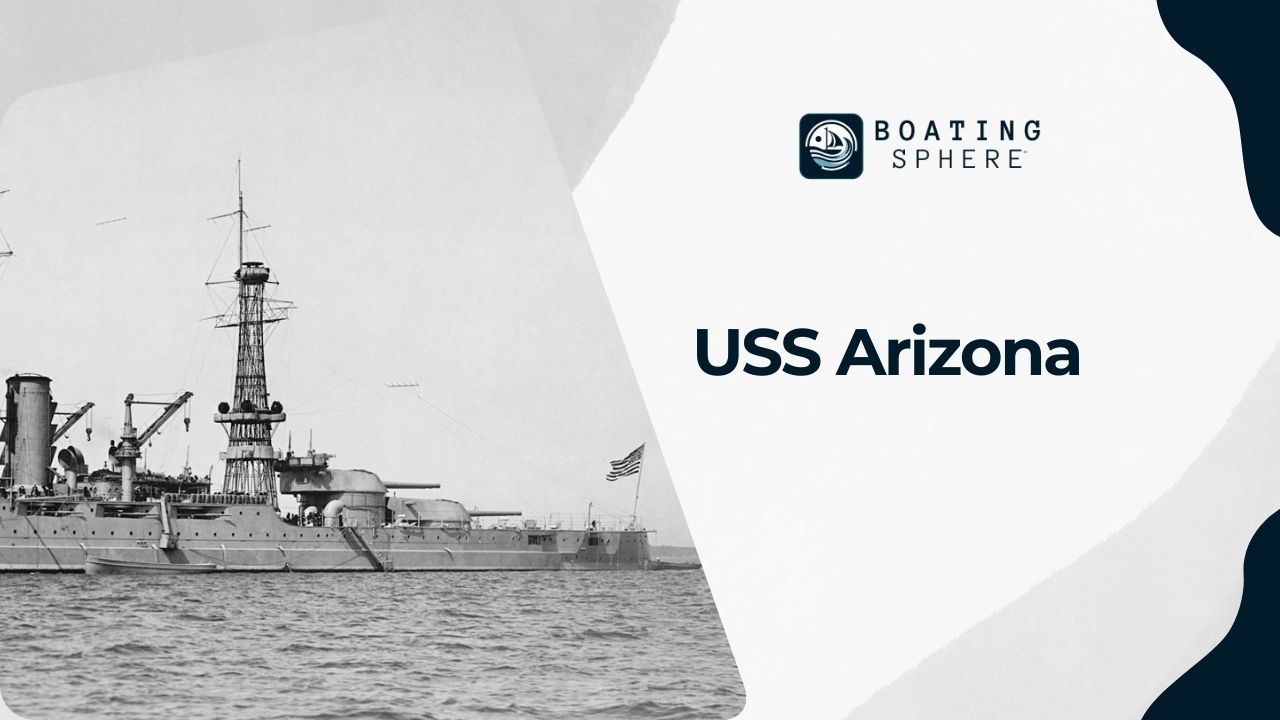
- Launch year: 1915
- Builder: Brooklyn Navy Yard, New York
- Length: 185 meters
The USS Arizona’s story is a solemn chapter in American history. As a formidable battleship, it was pivotal in the U.S. Navy’s fleet. However, its legacy was sealed on December 7, 1941, during the infamous attack on Pearl Harbor. The Arizona suffered catastrophic damage, leading to a significant loss of life among its crew. Its wreckage, preserved as a war memorial at Pearl Harbor, serves as a poignant reminder of the horrors of war and the bravery of those who served, making it a crucial part of the narrative of ships of history.
Battleship Bismarck
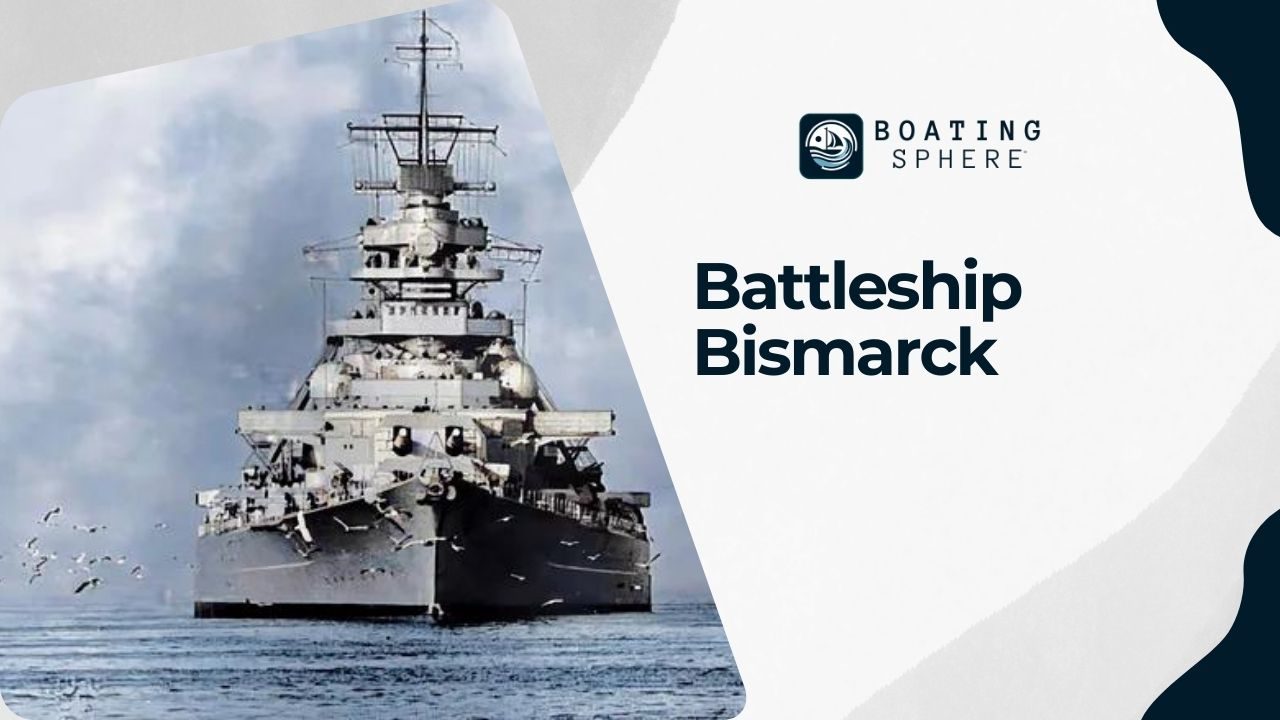
- Launch year: 1939
- Builder: Blohm & Voss, Hamburg
- Length: 251 meters
The Battleship Bismarck, a behemoth of Nazi Germany‘s Kriegsmarine, represented the pinnacle of naval warfare technology of its time. Intense naval engagements marked its short-lived yet impactful service during World War II. The Bismarck’s end, resulting from a concerted effort by the British Navy, resonated globally, symbolizing the inevitable decline of battleship dominance in maritime warfare. Its story is one of power, conflict, and a dramatic end, securing its place among history’s most formidable and famous ships.
🎯Suggested article: Exploring the Most Popular Types of Lake Boats
Through these narratives, each ship’s unique story and its impact on history are brought to life, illustrating their roles not just as travel vessels but as carriers of stories, lessons, and legacies that have shaped the world as we know it. From the Lusitania’s ill-fated journey to the Bismarck’s dramatic battles, these ships remain eternal in our collective memory, forever sailing through the annals of history.
📚 Further reading: The 12 Most Expensive Yachts in the World
Was this page helpful?

